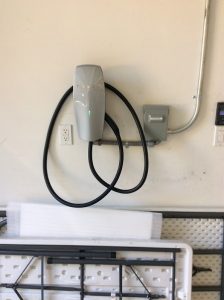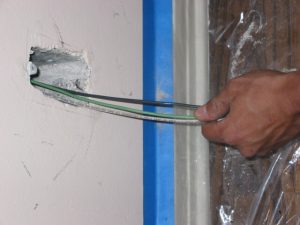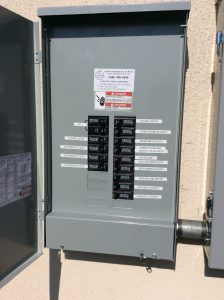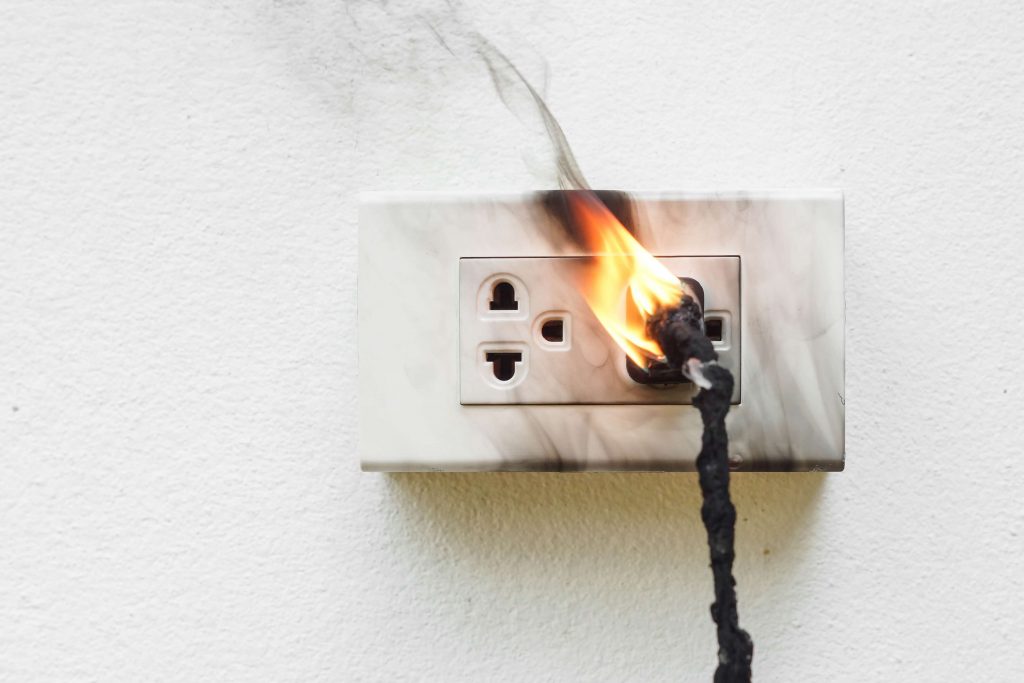 Electric cars are clearly the latest and most sought after development in the automotive industry and Tesla is leading the pack. So, when you have just purchased your very own green car, you can leap for joy about avoiding fueling costs and several other issues that come with it.
Electric cars are clearly the latest and most sought after development in the automotive industry and Tesla is leading the pack. So, when you have just purchased your very own green car, you can leap for joy about avoiding fueling costs and several other issues that come with it.
However, you still have to figure out charging your Tesla.
The amperage of your Tesla charger can play a vital role in determining how much total charge or miles of driving you get. Here’s the breakdown of amps per charger level.
You might be familiar with using a level one charger, which is the common 120V outlet in your home. This works with the portable EVSE (UMC) that comes with the car and gives an amperage of 15-20 amps. As far as miles go, you will replenish 3-4 miles per hour. While the charge time may be slow, this works fine for many Tesla drivers.
The level 2 charge is a 240V outlet installed by a professional electrician as a dedicated home EVSE. It has the capacity to power tough power-hungry machines like your dryer. This charge is more powerful than the previous option and delivers on up to 80 amps. This translates to anywhere between 9-52 miles of Tesla range per hour charging.
Level 3 charge, which is hardly an option for homes and private buildings, is an ultra-fast, ultra high-power 480V circuit. They are superchargers often found at charging stations and account for why it’s sometimes faster to use a public charging station than a home charger. It delivers on up to 300 amps, which is up to 170 miles per hour of Tesla charging.
When you look at the spread, you find that you do have a few suitable options. What you choose depends on your driving habits and miles. To install a level 2 charge be sure to contact a professional electrician or Tesla charger installer.





 As a valued customer or potential of The Electric Connection, we wanted to post and let you know that we are paying close attention to all updates from the CDC and local officials concerning COVID-19 (“Coronavirus”). Our highest priorities continue to include the welfare and safety of you, our customers, as well as our employees.
As a valued customer or potential of The Electric Connection, we wanted to post and let you know that we are paying close attention to all updates from the CDC and local officials concerning COVID-19 (“Coronavirus”). Our highest priorities continue to include the welfare and safety of you, our customers, as well as our employees.  If you are planning to purchase an old home or you are already living in one, then chances are you may have seen
If you are planning to purchase an old home or you are already living in one, then chances are you may have seen  Wiring a home under construction or during a remodeling project is easy, mostly because the walls are accessible. The real difficulty comes when you are trying to pull a new wire through a wall – an already existing wall.
Wiring a home under construction or during a remodeling project is easy, mostly because the walls are accessible. The real difficulty comes when you are trying to pull a new wire through a wall – an already existing wall. What is an electrical overload?
What is an electrical overload? If you purchased an EV between 2018 – 2019 or plan to buy one in 2020, we’ve got exciting news for you!
If you purchased an EV between 2018 – 2019 or plan to buy one in 2020, we’ve got exciting news for you!
 Electricity has been with us for decades. The industry continues to make new discoveries and update on former methods and as a homeowner, it might seem tasking to keep up. The good news is with every innovation comes safer, more efficient, and convenient electrical systems. You get to enjoy all the benefits still.
Electricity has been with us for decades. The industry continues to make new discoveries and update on former methods and as a homeowner, it might seem tasking to keep up. The good news is with every innovation comes safer, more efficient, and convenient electrical systems. You get to enjoy all the benefits still. Feedback is a vital part of any company’s growth and progress and at The Electric Connection, our electricians appreciate your feedback. We constantly seek to hear your thoughts on your experiences, our services, and the things you think we could do better or cut down on. This information is of great value to help us serve you and all our customers better.
Feedback is a vital part of any company’s growth and progress and at The Electric Connection, our electricians appreciate your feedback. We constantly seek to hear your thoughts on your experiences, our services, and the things you think we could do better or cut down on. This information is of great value to help us serve you and all our customers better.